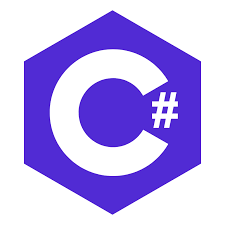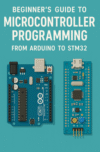When you look at the control panels of industrial machines, test equipment interfaces, or custom engineering dashboards, there’s a good chance the GUI behind them was built with C#. It’s almost a running joke among embedded engineers and test automation folks that if you’re sitting in front of a Windows machine with a polished engineering tool, C# is lurking somewhere in the codebase. But how did C# cement itself as the default choice for engineering GUIs?
The story starts with practicality. Engineers, unlike consumer app developers, don’t chase design awards. Their UIs need to work, often under pressure, in labs, factories, or field environments. When Microsoft introduced .NET and C# in the early 2000s, it gave developers a framework that was not just powerful but incredibly accessible. With drag-and-drop GUI builders in Visual Studio, engineers could spin up a usable interface in hours instead of weeks. That speed mattered when your GUI was just one piece of a larger project involving hardware, firmware, and real-world testing.
Another reason is stability. Engineering software can live for decades. Think of lab instruments that stay in service for 15 years or industrial machines that aren’t replaced until they die. C#’s backward compatibility and the longevity of the .NET ecosystem made it safe to bet on. Unlike trendy frameworks that come and go, C# has had Microsoft’s continuous support, ensuring that an app built years ago can still run on today’s Windows systems with minimal hassle. In a world where downtime costs money, stability isn’t just nice to have—it’s critical.
Integration is the other big factor. Engineering GUIs are rarely standalone; they’re the control center for data acquisition systems, PLCs, measurement devices, or robotics platforms. C#’s deep integration with Windows APIs, its ease of connecting to hardware over serial ports, USB, or TCP/IP, and its rich ecosystem of libraries made it the bridge between the GUI and the hardware. National Instruments, Keysight, and countless test automation frameworks leaned heavily on .NET interoperability, and once those tools set the precedent, the rest of the industry followed.
Of course, skeptics will point out that Python, Qt, or even web-based GUIs have been eating into C#’s territory. And that’s true. A Python PyQt dashboard might be enough for a research project, and web GUIs are attractive for remote monitoring. But when it comes to polished, production-grade engineering interfaces running on Windows PCs in labs and factories, C# still dominates. The ecosystem is too entrenched, the tooling too convenient, and the engineers too familiar with it to give up the crown anytime soon.
If you walk into a lab tomorrow and see a test rack humming with instruments, odds are the GUI controlling it isn’t written in Flutter or React—it’s written in C#. That mix of speed, stability, and integration is why, decades after its debut, C# is still the industry standard for engineering GUIs. And unless something radical shifts in how we build engineering tools, it looks like it’s going to stay that way.



